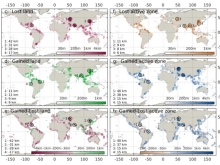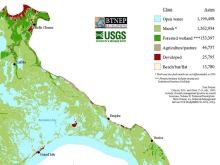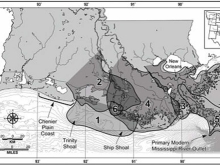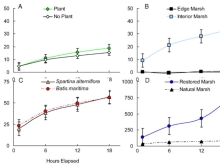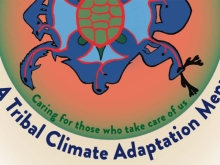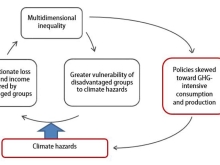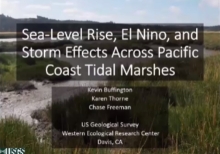Global Long-Term Observation Of Coastal Erosion And Accretion
Changes in coastal morphology have broad consequences for the sustainability of coastal communities, structures and ecosystems. Although coasts are monitored locally in many places, understanding long-term changes at a global scale remains a challenge. Here we present a global and consistent evaluation of coastal morphodynamics over 32 years (1984-2015) based on satellite observations.
